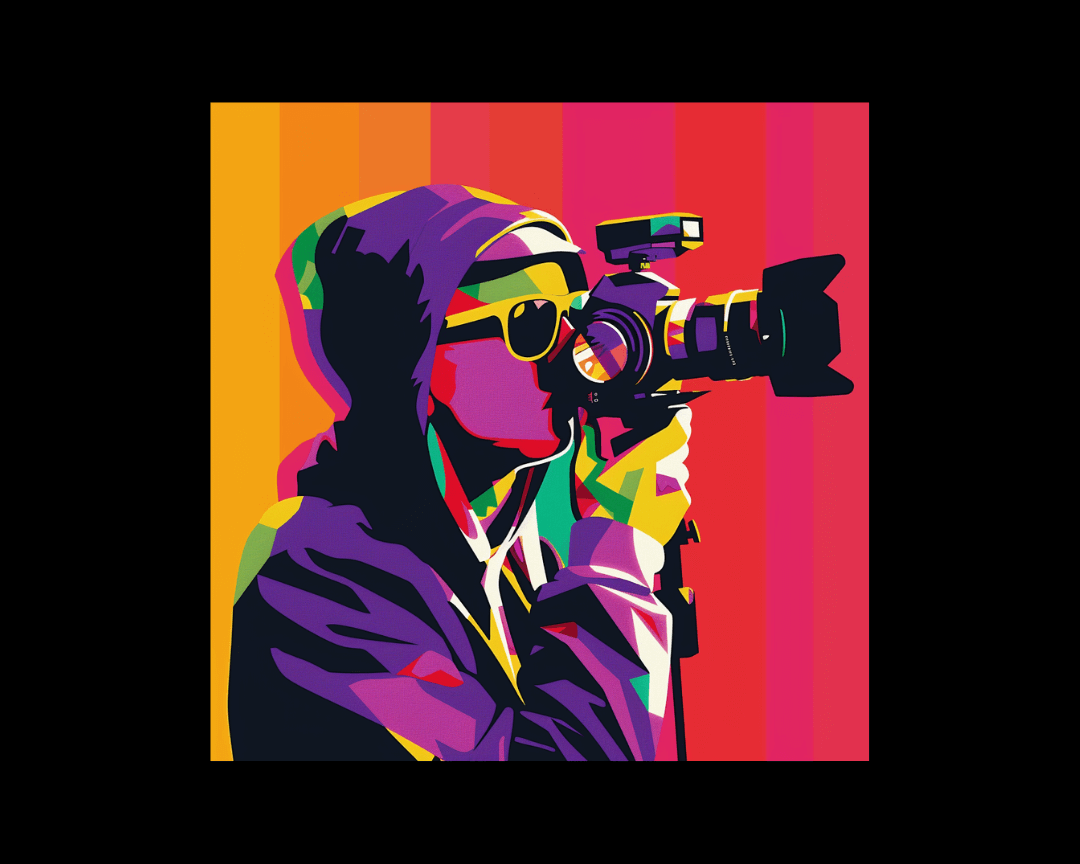What’s the Big Deal About Video Content, Anyway?
In today's digital landscape, video content has emerged as a dominant force in online marketing. With the demand for online video skyrocketing,...
.png)
Generative AI is prompting a reconsideration of the concept of authenticity.
Recent instances, such as the viral tracks attributed to Drake and The Weeknd, the acclaimed photograph from an international competition, and the image of Pope Francis sporting a Balenciaga jacket, all in 2023, were actually products of generative AI.
This technology, harnessed by platforms like ChatGPT, Midjourney, and Bard, generates human-like content including text, audio, and images.
The ease with which these AI-generated fakes can deceive people raises concerns and points to an impending authenticity crisis.
Questions arise about discerning AI-generated videos from genuine ones, the value of artists' work in the face of AI-generated visuals, and the credibility of authors when their writing style can be replicated by AI.
It's evident that as text, images, audio, and video become more accessible through generative AI tools, the assessment of authenticity must be reevaluated.
Insights from social science can offer guidance.
Authenticity has long been a topic of exploration. From real estate agents' pitches to identifying genuine designer fashion, people seek authenticity.
Neuroscience reveals that the brain's reward centers respond differently to perceived authenticity.
Trust also hinges on authenticity, evident in the spread of fake news on social media.
Psychologist George Newman's studies outline three authenticity dimensions.
Historical Authenticity: Historical authenticity refers to whether an object is genuinely from a specific time, place, or person as claimed. It involves assessing the actual origin and history of an item to determine its authenticity. An example of historical authenticity is examining a vintage painting claimed to be an original work by a renowned artist like Vincent van Gogh. If the painting's provenance and documentation can verify that it indeed came from that artist and era, it possesses historical authenticity. On the other hand, if the painting's origin cannot be substantiated, it lacks historical authenticity.
Categorical Authenticity: Categorical authenticity revolves around whether an object or concept aligns with expectations and characteristics associated with a certain category or context. This form of authenticity focuses on whether something "fits the bill" in terms of what is commonly associated with a particular category. For instance, imagine a Japanese restaurant outside of Italy offering Neapolitan pizza. While the pizza isn't traditionally Italian, it may still be considered categorically authentic if it meets the expected taste, appearance, and quality that patrons associate with Neapolitan pizza.
Authenticity Based on Values and Beliefs: This dimension of authenticity is rooted in an individual's values, principles, and beliefs. It pertains to whether a person's actions, statements, or creations align with their internal convictions. For example, a politician who promises to address climate change but consistently votes against environmental legislation would be perceived as lacking authenticity based on values and beliefs. Similarly, an artist's work is evaluated for authenticity when their creative expression aligns with their genuine artistic vision and intentions.
Authenticity is linked to expectations about tools used in creation. For example, custom furniture advertised as handmade is understood to involve tools, just as architectural designs aided by software retain authenticity.
Generative AI exploits categorical authenticity, creating content resembling the genuine. Thus, distinguishing historical and categorical authenticity is vital. A Drake-sounding song isn't necessarily by Drake. An impressive essay may not be the result of laborious student effort.
Education will play a pivotal role in understanding the capabilities and limitations of generative AI. Schools and workplaces must incorporate AI education, fostering open discussions about evolving creative processes.
Society must also establish guidelines for AI's role. Regulations and disclosure norms could emerge. The treatment of AI in co-authored works, academic papers, and competitions requires careful consideration.
While complex, rejecting new technology risks stifling creativity. The potential of generative AI challenges us to expand artistic boundaries while preserving authenticity. It's a transformative journey that compels us to think differently and create compelling, authentic works of art, writing, and design.

In today's digital landscape, video content has emerged as a dominant force in online marketing. With the demand for online video skyrocketing,...
%20(1)-3.png)
If you asked my friends what I do for a living, they’ll likely tell you that “she writes stuff for some businesses”... And while they’re not...
.png)
There are two common misconceptions about the internet. In my experience, people pendulum swing between these polarities: